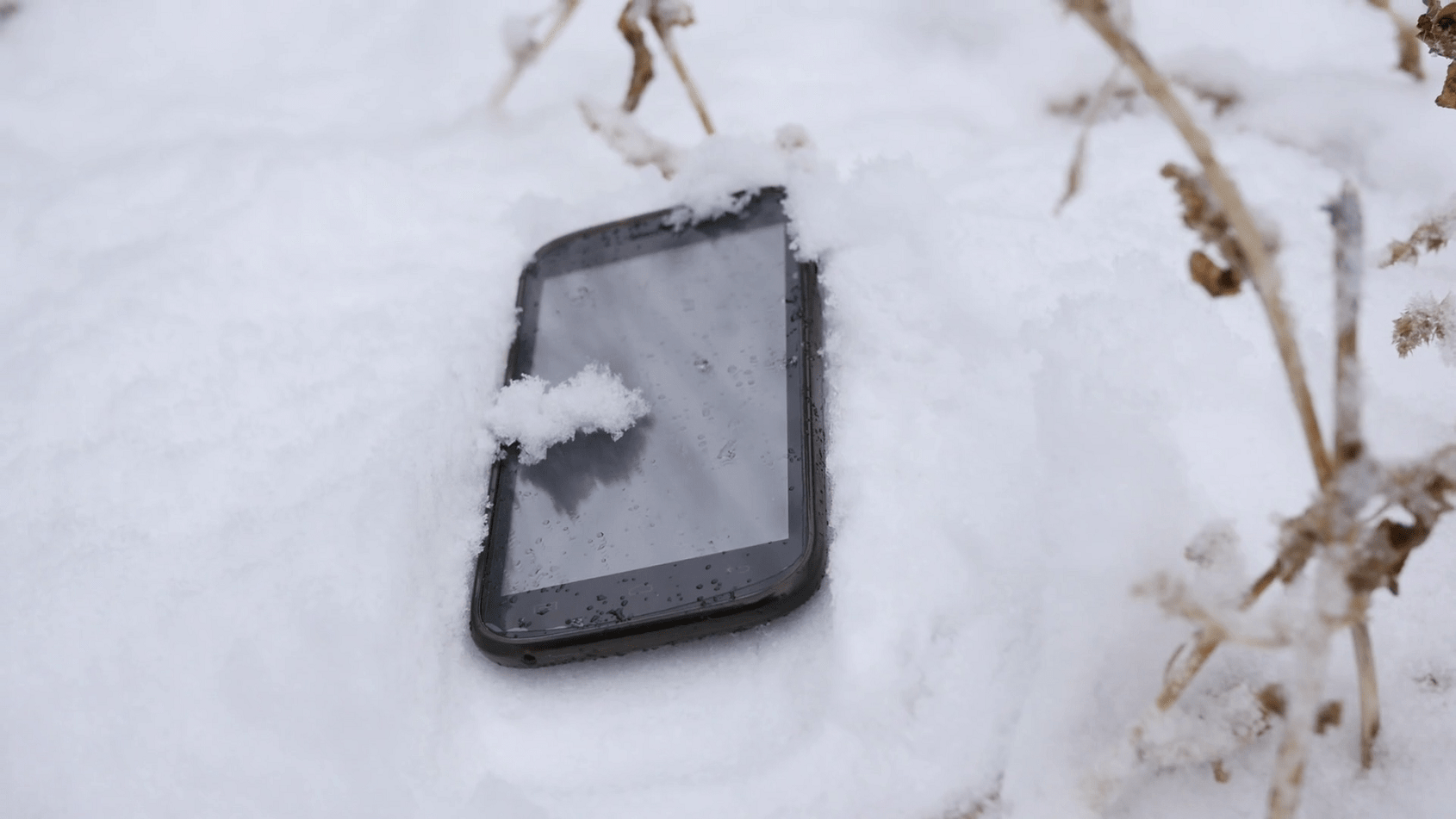
So why do phone batteries die in the cold? The short answer: type of battery.
Phones and small electronics usually use a popular type of battery called Lithium-Ion. Side note: there are actually lots of different kinds of Lithium-Ion batteries (the ones in a Tesla or a power drill are made from different metals than the ones in phones and laptops). Check out the metal makeup (and uses) of different Lithium-Ion batteries in the image below.

Cold temperatures make the reaction inside of a battery less efficient. While some batteries are more resilient to the cold, phone batteries are not. Even worse (and something I have experienced a lot), phone batteries can think they’re charged, then shut down very quickly when they are not getting enough power out of a cold battery. So when a phone dies in cold weather, it likely still has a charge and just has to be warmed up to release that power. The cold battery is likely not producing enough juice to run the device at that moment.
Apple notes that its batteries work best at 32 – 95 degrees Fahrenheit. This type of battery is consistently chosen because they are lightweight, can charge quickly, and can go through lots of recharging cycles before losing efficiency. Sadly, however, they are not very resilient to cold.
Its about battery use. If a device is cold (computer, phone, etc.) if you warm it up before powering it up, the damage will not be as severe. Also, you want to warm it up before plugging it in to charge.
Tips: Try not to expose it to cold, or at least limit the time. Also keeping the device powered OFF can help conserve the battery too. If you need to shoot a quick text on a chairlift, try to get that phone back in a warm pocket ASAP.